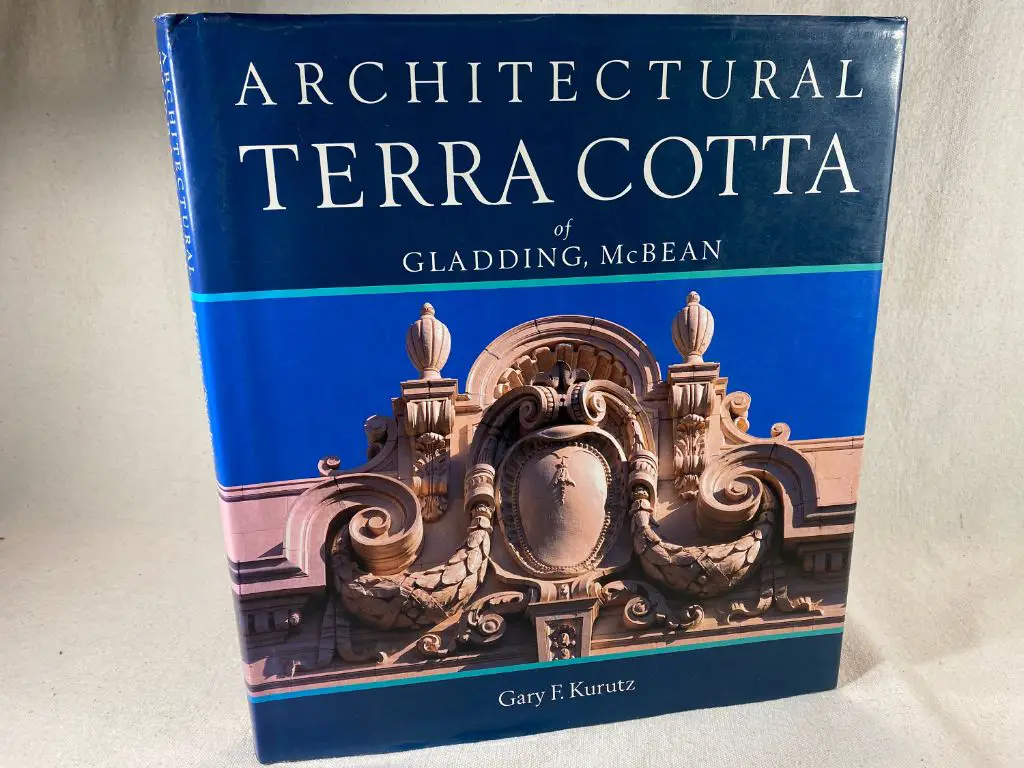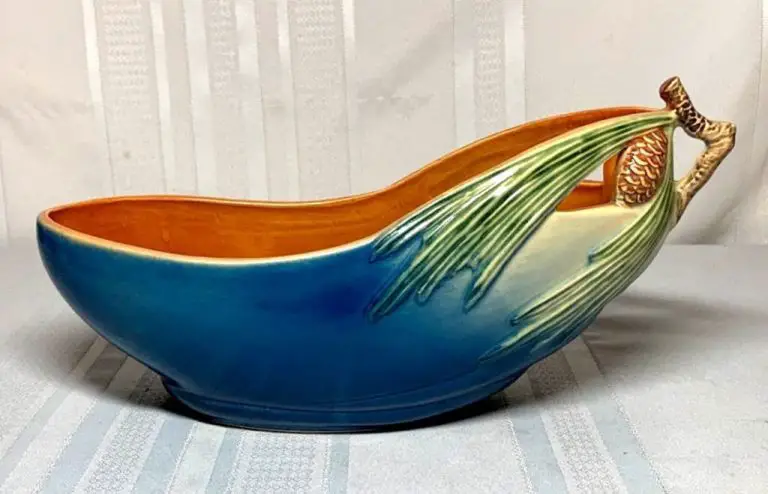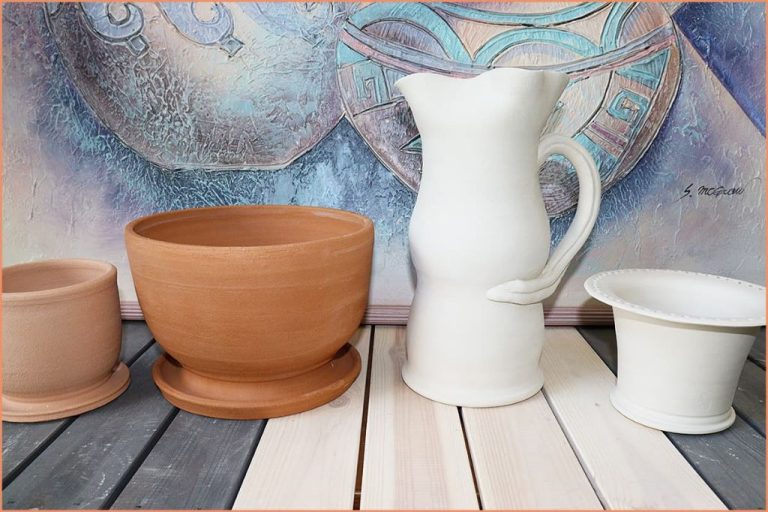What Are The Names Of The Vintage Pottery In California?
California has a long history of producing high-quality pottery and ceramic wares. The term “vintage” generally refers to pottery and ceramics produced in the early-to-mid 20th century, roughly from the 1920s through the 1960s.
Some of the most collectible and valuable vintage California pottery came from companies like Gladding, McBean, Bauer Pottery, Heath Ceramics, Metlox, and Winfield Pottery. These companies were known for their innovative designs, glazes, and production techniques that resulted in unique, distinctive ceramics. Many famous ceramic artists and designers like Edith Heath, Gertrud Natzler, and Otto Natzler got their start in California and helped shape the mid-century California style of pottery.
Vintage California pottery displays a wonderful diversity of styles, from traditional Arts and Crafts motifs to mid-century modern and California contemporary designs. Collectors today highly prize vintage California pottery for its artistry, innovation, and historical significance.
Key Ceramic Styles
California became a hub for ceramic production in the early 20th century. Three major styles emerged in pottery from this region during the 1900s-1960s.
Arts & Crafts (1900-1930s)
The Arts & Crafts style was characterized by earthy colors, handcrafted production, motifs from nature like leaves and flowers, and a rustic aesthetic 1. Potters like Ernest Batchelder produced tile and vessels with matte glazes and intricate relief decoration. Arts & Crafts pottery aimed to celebrate handmade craft and move away from mass production.
Art Deco (1920s-1940s)
Art Deco California pottery featured geometric patterns, bold colors, and sleek forms inspired by machines and technology. Fritware and bright glazes were commonly used. Some key examples are Fannie Williams Teco Art Pottery and Gladding, McBean architectural ceramics 2.
Mid-Century Modern (1940s-1960s)
Mid-century modern pottery focused on clean lines, simple shapes like cylinders and spheres, and neutral hues. This pared down look exemplified postwar modernism in California. Major companies producing mid-century pottery included Heath Ceramics and Metlox.
Gladding, McBean
Founded in 1875, Gladding, McBean is one of California’s most prominent and long-standing pottery studios. The company was started in San Francisco by Charles Gladding, George Chambers, and Peter McGill McBean. They specialized in architectural terra cotta and expanded across the West Coast over the next few decades, opening locations in Los Angeles and other parts of California.
Gladding, McBean is known for its ornate decorative terra cotta used to adorn many historic buildings in California. Their terra cotta can be found on iconic structures like the Los Angeles City Hall, the Fine Arts Building in San Francisco, and the headquarters of the Southern California Edison Company. The elaborately sculpted designs and glazed finishes of Gladding, McBean’s architectural terra cotta became symbolic of West Coast style.
In the 20th century, Gladding, McBean shifted its production more toward ceramic tile and other home goods. But the company’s early terra cotta productions left a defining mark on California architecture. Their ornate decorative details gave the state many of its most distinctive buildings.
Sources:
https://www.zippia.com/gladding-mcbean-careers-381551/history/

Bauer Pottery
Bauer Pottery was founded as J.A. Bauer Pottery in 1895 by John Andrew Bauer in Paducah, Kentucky before relocating to Los Angeles, California [1]. Seeing an opportunity on the West Coast, Bauer moved the company to Lincoln Heights just north of downtown Los Angeles in 1911 [2]. Throughout the early 1900s, Bauer Pottery produced a wide variety of functional and decorative lines.
Some of Bauer Pottery’s most notable designers and lines include Margaret Bauer and her Aztec line which featured geometric art deco designs in the 1920s [3], Sam Clapp and his Vagabond line inspired by his world travels in the 1930s, and the Mid-Century lines produced after 1950 like Flair, Polynesian, and Californian which embodied the optimism and adventurous spirit of postwar America.
Heath Ceramics
Heath Ceramics was founded by Edith Heath along with her husband Brian in Sausalito, California in 1948. Edith went on to shape her brand into one of the most iconic and enduring pottery companies in the United States and pioneered new formulations in clay and glaze chemistry (localnewsmatters.org)
Heath Ceramics expanded from its Sausalito headquarters and opened a second location in San Francisco in 1959. Today, Heath has various gallery locations in California including Sausalito, San Francisco and Los Angeles (si.edu).
Notable Heath designers and pottery lines include mid-century dinnerware by Edith Heath herself and contemporary designers such as Robin Petravic and Catherine Bailey who ushered in new sculptural forms and glazes in the 1990s.
Metlox
Metlox was founded in 1927 by Lawson S. Inglehart and George Coupe in Manhattan Beach, California. They started the business to manufacture practical, affordable tableware for the growing casual California lifestyles. After World War II, Evan K. Shaw purchased Metlox from Willis Prouty in 1946. Shaw revamped the designs, focusing on stylish, colorful patterns for the postwar market. Some of their most popular patterns were Poppytrail, Confetti, and Tuxedo. Metlox grew into the largest manufacturer of dinnerware in the Western United States. After Evan Shaw’s death in 1980, Kenneth Avery became the president and CEO until the company ceased operations in 1989. Though no longer in business, vintage Metlox pottery remains popular among collectors today. Wikipedia
Winfield Pottery
Founded in 1929, Winfield Pottery was originally located in Pasadena, California. It produced handcrafted vitrified china where it operated for the first 17 years of its existence.1
In 1946, Winfield Pottery moved its operations to Santa Monica, California where it remained until ceasing operations in 1962.2 During its time in Santa Monica, Winfield Pottery became known for its mid-century modern designs like Blue Pacific.
Blue Pacific featured a textured band of blue glaze along the edges of dinnerware pieces. This type of banded detailing exemplified the mid-century aesthetic that Winfield embraced.3
Notable Designers
Some of the most influential ceramic designers in California’s pottery history include Gertrud Natzler, Otto Natzler, and Edith Heath. The Natzlers were a husband and wife team that specialized in producing artistic ceramic pieces with smooth, flowing lines and matte glazes. They established their pottery studio in Los Angeles in the 1930s and became known for their innovative shapes and expert craftsmanship. Their work blurred the lines between functional pottery and ceramic sculpture. Edith Heath founded Heath Ceramics in Sausalito in the late 1940s, which still operates today. Heath focused on simple, clean forms and glazes in earthy hues. Her coupe line of dinnerware with its soft pastel glazes became a hallmark of the Heath aesthetic and helped make the company commercially successful.
Collecting Tips
When collecting vintage California pottery, there are a few key things to look out for:
Identifying marks – Look for stamps, stickers, or signatures that indicate the manufacturer. According to the Collectors Encyclopedia of California Pottery, marks may include names, logos, numbers, or symbols specific to each company.[1]
Evaluating condition – Examine items closely for any chips, cracks, or repairs. Well-preserved pieces in excellent condition are most desirable for collectors.
Where to buy – Online marketplaces like eBay can be great resources to find rare and unique pieces. Local antique stores and flea markets may also yield hidden treasures.
It’s also helpful for collectors to research and learn the hallmarks of major ceramic styles, workshop locations, and notable designers to assist in identifying and valuing finds.
Conclusion
In summary, vintage California pottery has a rich history dating back to the early 20th century. Key names in California pottery include Gladding, McBean, Bauer, Heath, Metlox, and Winfield. These companies and designers helped shape the colorful, midcentury aesthetic that California pottery is known for today. Some of the most collectible and valuable California pottery includes pieces by Edith Heath, Gertrud and Otto Natzler, and Eva Zeisel who worked with Hall and Metlox. As interest in midcentury modern design continues to grow, California pottery from the 40s-60s era has seen a resurgence in popularity among collectors and decorators. When identifying and assessing California pottery, it’s important to look for hallmarks like bright glazes, abstract shapes and patterns, and influences from architects like Frank Lloyd Wright. With its strong design heritage and landscape inspiration, Californian pottery capture the optimism and creativity of the mid 20th century.


